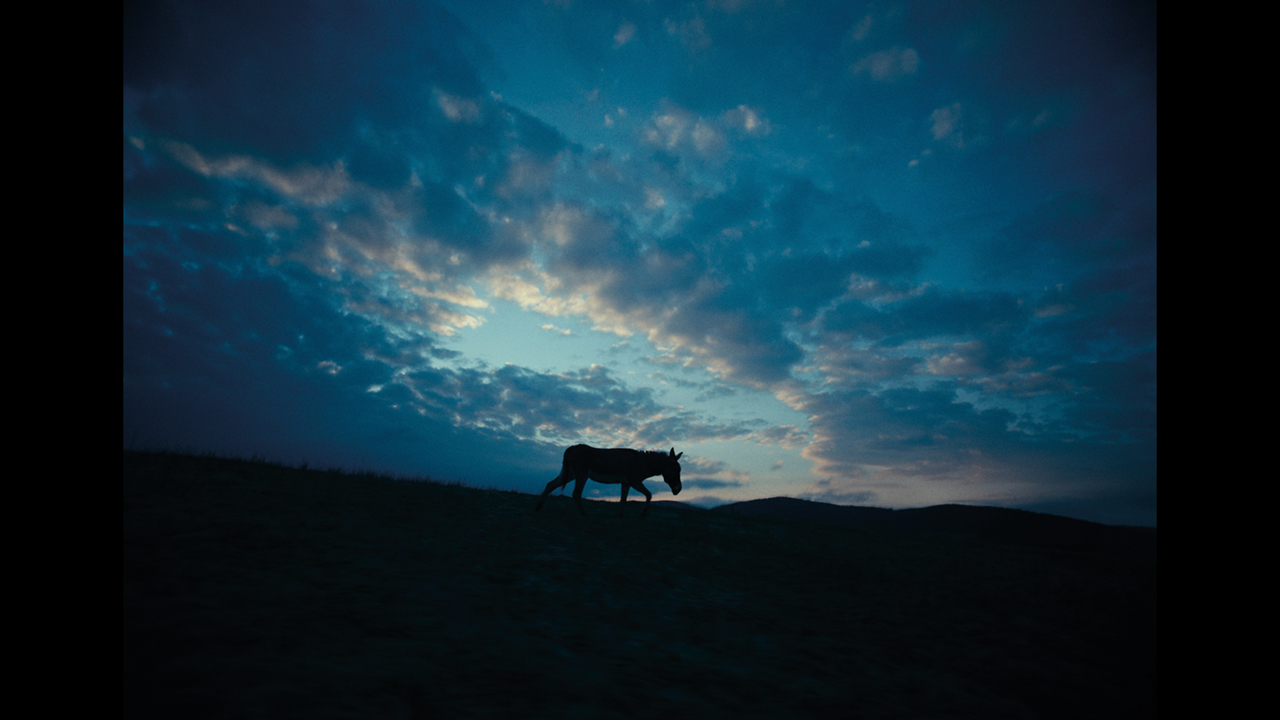Film review: EO
A strikingly beautiful and moving vision of modern Europe through the eyes of a donkey
Already winning awards such as the Jury Prize at last year’s Cannes Film Festival, EO (from 3 Feb, Showroom Workstation, Sheffield and other cinemas) is a poetic and emotionally arresting road movie of sorts, by veteran Polish director Jerzy Skolimowski. The film, inspired by Robert Bresson’s acclaimed 1966 movie Au Hasard Balthazar, follows a donkey as he travels through parts of modern Europe encountering a range of characters, some of whom treat him with kindness, others with brutality.
The film opens with EO cared for by a young woman called Kasandra, who performs with him in the ring of a Polish circus. Well-meaning animal rights activists have EO “freed” when the law is changed in relation to circus animals, and EO is taken from Kasandra and sent to a sanctuary. However, a series of incidents and accidents mean that the donkey is soon on the road, moving through Polish and then Italian countryside.
In turns beautiful and surreal, the film shifts perspective throughout, sometimes giving us a donkey-eyed view of events, sometimes observing things from a distance. There are some visually stunning moments: at one point EO passes through a gleaming landscape of scrap metal and later on past a huge waterfall that dwarfs him and everything else. Occasionally we’re given a sense of EO’s inner thoughts, such as a longing for his former companion Kasandra seen in dreamlike sequences, and every so often his snorts and brays reveal something of what he might be feeling. But for the most part, the donkey observes things with his large, sad eyes without much reaction at all, even when he’s in attendance at a celebration party for a local rowdy football team. This is when the film is at its best. The donkey (six different donkeys actually play the part) doesn’t “act” but is a presence around which other’s lives unfold.
It doesn’t always work. Following a horrible attack, EO transforms inexplicably into a mechanical machine, for example, and a storyline involving a countess and her gambling son comes from nowhere and then vanishes again. But the sheer visual richness of this film and its sweeping soundtrack carry the viewer along, and there are some profound moments of meaning to be found as this little donkey undertakes this odyssey.

Leave a reply
Your email address will not be published.